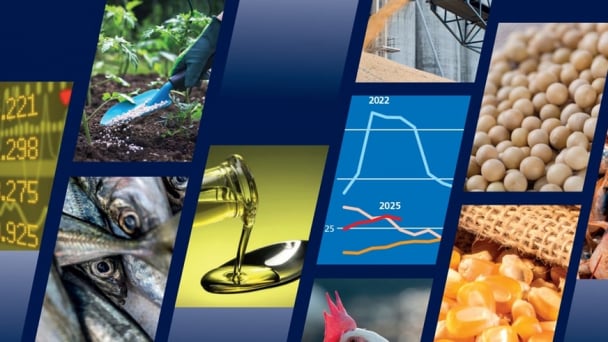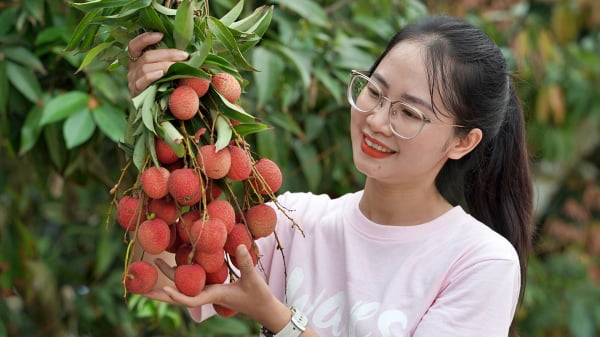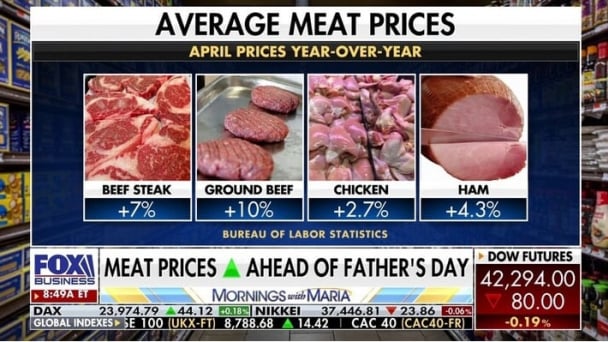June 16, 2025 | 11:10 GMT +7
June 16, 2025 | 11:10 GMT +7
Hotline: 0913.378.918
June 16, 2025 | 11:10 GMT +7
Hotline: 0913.378.918
Improved yields and greater precipitation are adding up to a forecast of 20 million tonnes of milled rice production in 2024-25 for Thailand, according to a report from the Foreign Agricultural Service (FAS) of the US Department of Agriculture.
If realized, production would be up from 19.7 million tonnes in 2023-24, the FAS said in its Dec. 3 Global Agricultural and Information Network (GAIN) report. Thailand, the world’s second largest exporter of rice after India, is seen shipping 9.2 million tonnes in 2023-24, up 5% from 2022-23.
“Thailand’s rice exports in the first nine months of 2024 (7.45 million tonnes, up 22%) have spiked from 2023 levels as India maintained its export ban on white rice and export tariff on parboiled rice,” the FAS said.
The FAS said exporters are anticipating greater competition from India and Vietnam in 2024-25, and exports are projected to fall 18% to 7.5 million tonnes. White and parboiled rice from India are expected to have the greatest impact on Thai shipments, however, exporters see promising opportunities for fragrant rice, which is a premium grade rice with high selling prices.
Meanwhile, a recovery in Thailand’s swine and poultry production drove feed corn demand in the first half of 2024. Swine production in 2024 is expected to reach 80% of production capacity prior to the African swine fever (ASF) outbreak in 2022.
Corn imports in the first three months of 2024-25 grew 83% from 2023-24 and were up 85% from the average five-year import levels, the FAS said. Imports of distiller’s dried grains with solubles (DDGS) in the first three months of 2024-25 rose 35% to 88,746 tonnes, with the United States supplying 92% of that total.
Thailand’s corn production is forecast to reach 5.4 million tonnes in 2024-25, with imports of 1.5 million tonnes to meet consumption demand of 6.8 million tonnes. Feed and residual use of corn is projected to be 6.7 million tonnes.
Projected wheat consumption of 3.1 million tonnes in 2024-25, driven by a positive pace for instant noodle and bakery products, will help imports reach 3.2 million tonnes, but that is down slightly from 3.3 million tonnes the previous marketing year.
“Flour mills still carry high inventories of wheat grain imported in 2022-23 and 2023-24 in anticipation of a post-COVID-19 spike in demand for wheat-based foods,” the FAS said. “However, tourism numbers have still not bounced back to pre-pandemic levels.”
(WG)

(VAN) Noting risks, report examines impacts of avian influenza, changing trade patterns since 2022, fish fraud, and shipping industry’s net-zero goals.

(VAN) Mr. Tran Quang Bao, General Director of the Forestry and Forest Protection Department, met and worked with the International Wood Products Association to promote cooperation in the field of timber trade.

(VAN) China's outbound shipments of rare earths in May jumped 23% on the month to their highest in a year, though Beijing's export curbs on some of the critical minerals halted some overseas sales.

(VAN) To sustain capital flow, administrative reform alone is not enough; what farmers truly need is an ecosystem where both government and businesses grow together in support.

(VAN) Vietnam and the United States are proactively working together, each in their own way, to ensure that every container of agricultural goods carries not just products, but also long-term trust and value.

(VAN) Stores have started selling rice from the government’s stockpile to feed demand for the staple.

(VAN) Omaha Steaks CEO says rebuilding cattle herds will take about a year to ease price pressures.